
The archeological park of Machu Picchu covers a widespread territory inside the district of Machu Picchu, province of Urubamba, department of Cusco, it has a highly steep configuration and was populated by many groups in the past.
These people were gearing components of large administrative machinery one nation, one state, with laws, and authorities hierarchically ordered and towns connected by road networks.
This was a state that at one historical time became part of the great empire of the Tawantinsuyo (the nation of the four regions), and its capital, Cusco.
This huge Archeological park is now a Historical Sanctuary by government decree Nº001-81-AA of January 8, 1981. This decree establishes its borders with a size of 32,592 hectares (80,536 acres). The sanctuary is located on the eastern edge of the Vilcabamba Andean chain, bordered by the Apurimac and Urubamba rivers.
The remains of many ancient populations that are part of this Archeological park, tell us that probably what we call the pre-Columbian city of Machu Picchu was the brightest star in this constellation of peoples. Furthermore, the population in this area is thought to have been much larger than today because buildings were also made of perishable materials that could not withstand the effects of time and weather. Only the solid constructions remain.
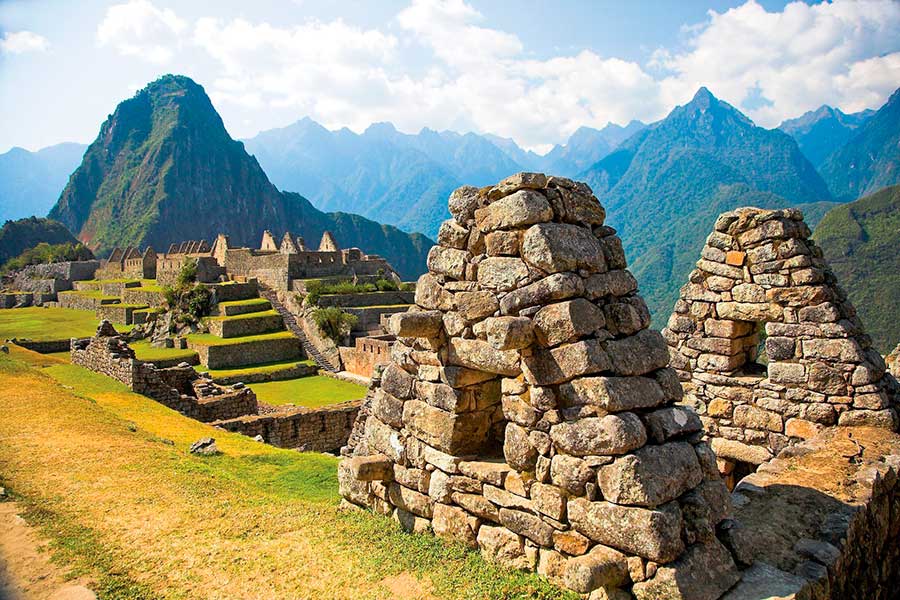
The scenery is beautiful and spectacular because of the capricious geography with large wrinkled surfaces, vertical drops, and frightening terraces. The variety of climate and soil are the principal factors that determine the variety of animals and plants living in a very small and unique habitat.
The fauna in the Historic Sanctuary of Machu Picchu
The Historic Sanctuary of Machu Picchu is not only known for its archaeological wonders but also for its diverse fauna. The sanctuary's location in the Andean cloud forest provides a habitat for a variety of species, some of which are endemic to the region. Here are some of the notable fauna found in the area:
- Spectacled Bear: Also known as the Andean bear, the spectacled bear is the only bear species native to South America. It is an important symbol in Andean mythology and can occasionally be spotted in the Machu Picchu region.
- Andean Cock-of-the-rock: This colorful bird is the national bird of Peru and is known for its vibrant orange plumage and distinctive crest. Machu Picchu's cloud forest is one of the habitats where these birds can be found.
- Andean Condor: The Andean condor is one of the largest flying birds in the world and is known for its impressive wingspan. While it is rare to see them near the Machu Picchu ruins, they can occasionally be spotted soaring in the skies above the surrounding mountains.
- Mountain Tapir: The mountain tapir is a large mammal with a stocky build and a distinctive elongated snout. It is an endangered species and inhabits the cloud forests of the Andes, including the Machu Picchu area.
- Andean Fox: Also known as the culpeo or Andean zorro, the Andean fox is a small carnivorous mammal that inhabits the Andes Mountains. While not commonly seen, they are occasionally spotted in the region surrounding Machu Picchu.
- Bird Species: The Machu Picchu region is home to a wide array of bird species, including hummingbirds, tanagers, quetzals, and many others. Birdwatchers visiting the sanctuary can enjoy observing and identifying these beautiful feathered creatures.
- Insects and Butterflies: The cloud forest of Machu Picchu is teeming with insect life, including an array of colorful butterflies. With its lush vegetation and diverse microhabitats, the sanctuary provides an ideal environment for these small creatures.
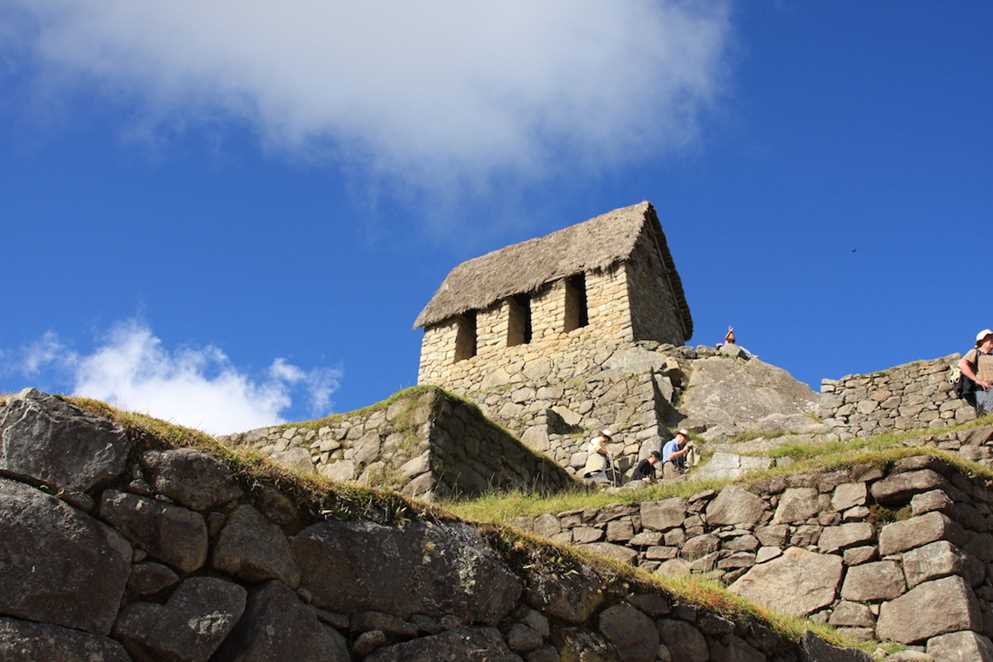
It's important to note that wildlife sightings can vary depending on the time of year and the specific location within the sanctuary. Exploring the trails and natural areas surrounding Machu Picchu can offer opportunities to encounter some of these fascinating animals in their natural habitat. However, it's crucial to remember that the protection and preservation of the sanctuary and its fauna are of utmost importance, so visitors should respect the guidelines and regulations in place to minimize disturbance to the wildlife.
The flora in the Historic Sanctuary of Machu Picchu
The Historic Sanctuary of Machu Picchu is home to a rich and diverse flora, thanks to its location in the Andean cloud forest. The sanctuary's varied ecosystems and altitudinal range contribute to the presence of a wide array of plant species. Here are some notable examples of the flora found in the Machu Picchu region:
- Orchids: The cloud forests of Machu Picchu are renowned for their abundance of orchids. Peru is one of the world's orchid hotspots, and numerous species can be found in this area, including the famous "wira-wira" orchid, which is the national flower of Peru.
- Bromeliads: These tropical plants are common in the cloud forest, with their rosette-shaped leaves and vibrant colors adding beauty to the landscape. Some bromeliads are epiphytes, meaning they grow on trees without taking nutrients from them.
- Tree Ferns: The Machu Picchu area is characterized by the presence of tree ferns, which thrive in the moist conditions of the cloud forest. These ancient plants, with their large fronds and tall trunks, contribute to the lush and prehistoric ambiance of the region.
- Polylepis Trees: The Polylepis genus, also known as queñua trees, are unique to the Andean region. These trees grow at high altitudes and are adapted to the cold, harsh conditions of the Andes. They play a crucial role in the ecosystem, providing shelter for wildlife and helping to prevent erosion.
- Puya Raimondii: This is a giant bromeliad species also known as the "Queen of the Andes." It is notable for its massive flowering spike, which can reach up to 30 feet in height. Puya Raimondii is endemic to the Andean region and can be found in certain areas near Machu Picchu.
- Medicinal Plants: The Andean cloud forest is home to various medicinal plants that have been used by local communities for centuries. These plants have traditionally been employed for their healing properties and are still an essential part of local culture and traditional medicine.
- Mosses and Lichens: The damp environment of the cloud forest creates ideal conditions for mosses and lichens to thrive. These delicate organisms cover trees, rocks, and forest floors, contributing to the overall biodiversity and ecological balance of the area.
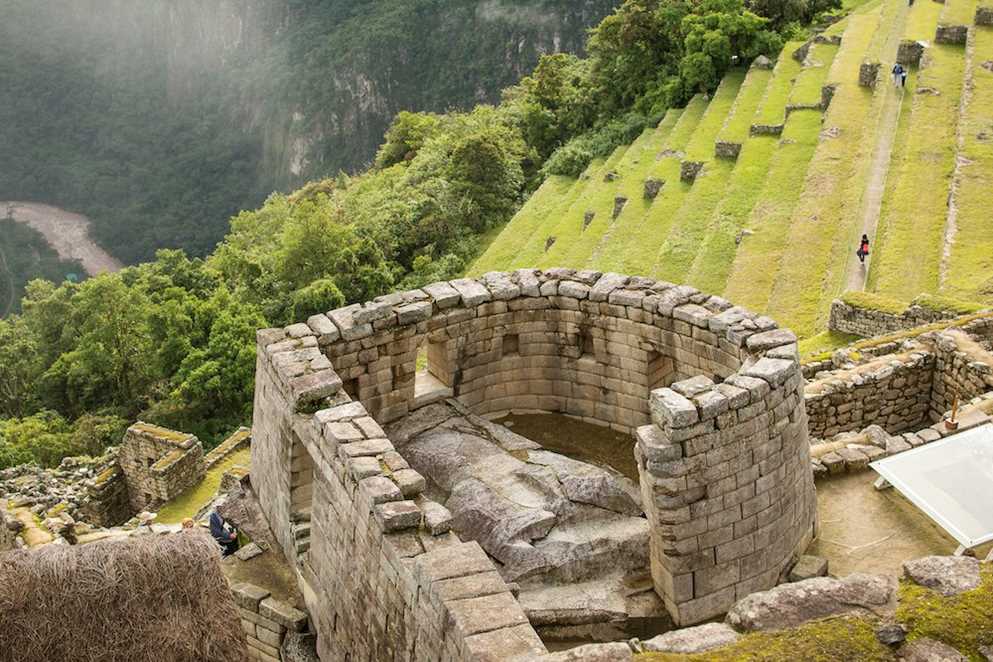
The incredible variety of flora in the Machu Picchu region creates a visually stunning and biologically significant environment. Visitors to the sanctuary can appreciate the beauty and importance of these plant species as they explore the ancient ruins and trek through the natural landscapes. It's essential to remember that the preservation and protection of the flora are crucial, and visitors should adhere to regulations and guidelines to minimize their impact on the fragile ecosystem.
Additional information about landscapes
Machu Picchu is renowned for its stunning and diverse landscapes, which contribute to its allure as a tourist destination. Here are some additional details about the landscapes you can expect to encounter in the Machu Picchu region:
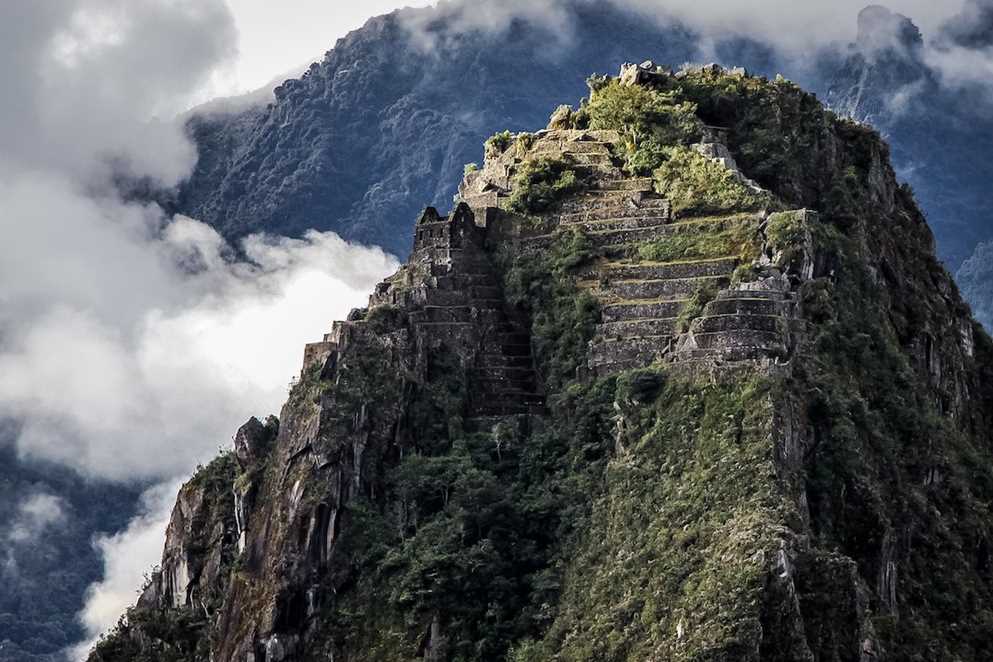
- Andean Mountains:Machu Picchu is nestled in the heart of the Andes Mountains, a majestic range that stretches along the western coast of South America. The towering peaks and rugged slopes of the Andes provide a breathtaking backdrop to the archaeological site. The surrounding mountains, including Huayna Picchu and Machu Picchu Mountain, offer panoramic views of the valleys, rivers, and other peaks.
- Urubamba River Valley: The Urubamba River winds its way through the valley below Machu Picchu, adding to the scenic beauty of the region. The valley is characterized by lush greenery, agricultural terraces, and quaint villages. The river itself is an important water source and has played a significant role in the irrigation systems of the Inca civilization.
- Cloud Forest:Machu Picchu is located within the cloud forest ecosystem, which is characterized by its misty and humid conditions. The cloud forest is a unique and biodiverse environment, featuring dense vegetation, moss-covered trees, and hanging vines. Walking through the cloud forest, visitors can witness a variety of plant and animal life, including orchids, bromeliads, hummingbirds, and butterflies.
- Terraced Fields:The Incas were skilled agricultural engineers, and their expertise is evident in the terraced fields that surround Machu Picchu. These agricultural terraces were built on steep slopes to maximize arable land for growing crops. The terraces not only served a practical purpose but also enhanced the aesthetics of the landscape, creating a visually striking and harmonious integration of human activity and nature.
- Sun Gate (Inti Punku): The Sun Gate is a significant feature along the Inca Trail leading to Machu Picchu. It is an ancient stone structure situated at a high point overlooking the site. As hikers approach the Sun Gate, they are treated to a dramatic and iconic view of Machu Picchu, with the ruins framed by the surrounding mountains and valleys.
- High-altitude Grasslands (Puna): At higher elevations near Machu Picchu, the landscapes transition into the puna ecosystem. Puna refers to the high-altitude grasslands found in the Andean plateaus. This region is characterized by vast open spaces, rolling hills, and patches of vibrant-colored high-altitude flora, such as cushion plants.
- Inca Trails:The journey to Machu Picchu often involves trekking along the historic Inca Trails, which were ancient paths built by the Incas. These trails wind through diverse landscapes, including mountains, forests, and valleys, providing adventurers with a range of scenic experiences along the way.
The combination of towering mountains, lush valleys, ancient ruins, and diverse ecosystems makes the landscapes of Machu Picchu truly awe-inspiring. Exploring these landscapes allows visitors to immerse themselves in the natural beauty and rich cultural heritage of the region.
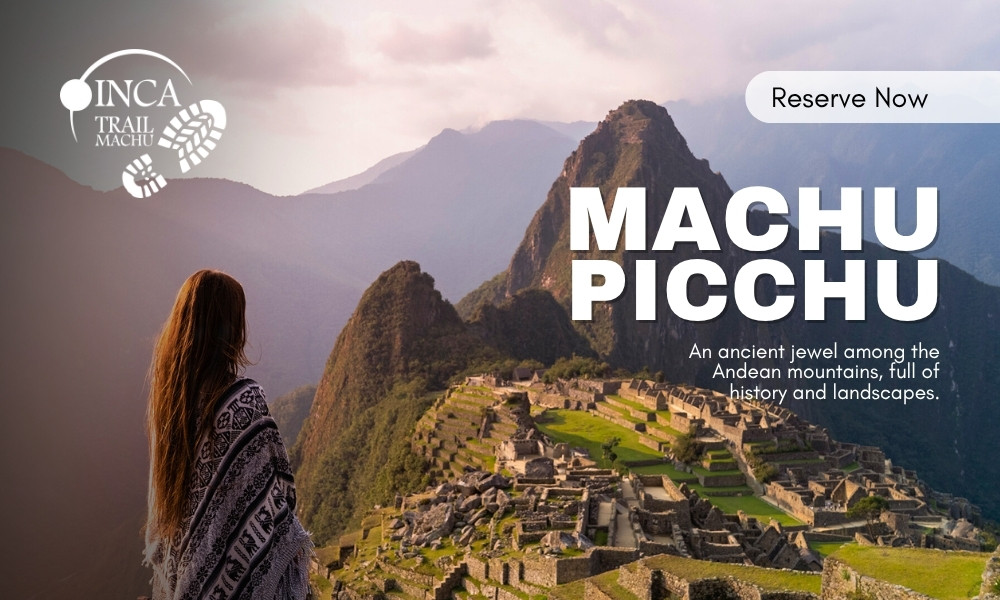
The best hikes to Machu Picchu
For those who seek adventure and nature, getting to Machu Picchu by walking is one of the most rewarding ways to see this wonder. There are several trekking routes that cross Andean landscapes, cloud forests, and ancient Inca roads. These are the most outstanding hikes:




